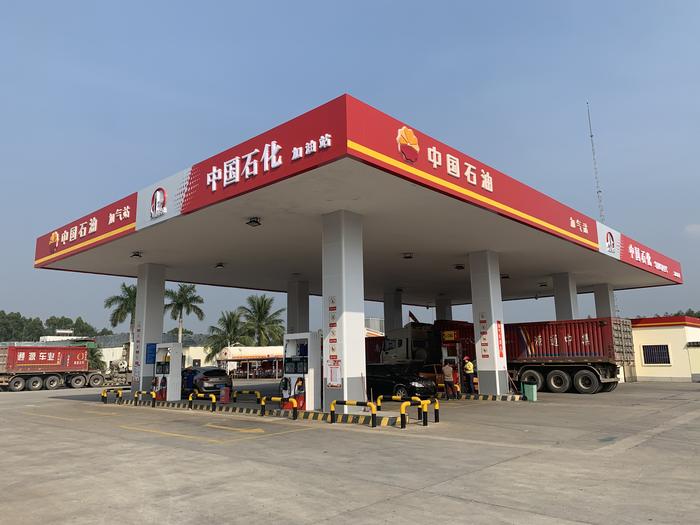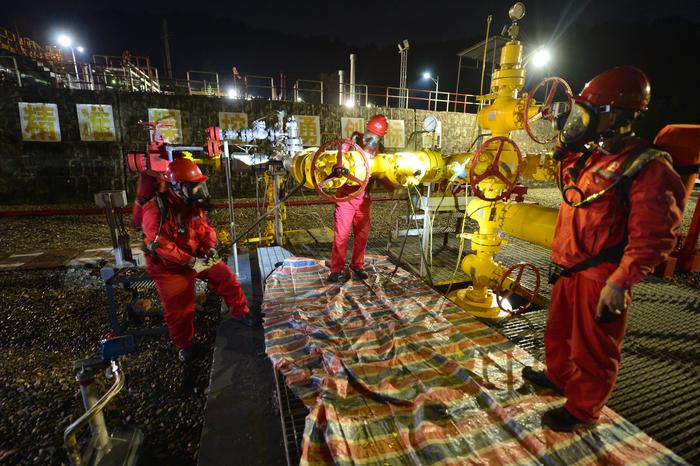|
| 2019-12-05 来源: 中国石化新闻网 |
| 石化新闻 |
|
中国石化新闻网讯 据12月4日Gulf Times报道,欧佩克及其盟友在是否考虑进一步减产的问题上发出了好坏参半的信号,在本周维也纳举行重要谈判之前,这引发了石油市场的猜测。 伊拉克石油部长Thamir Ghadhban重申了他的观点,即欧佩克应该在目前每天减少120万桶石油供应的基础上,再减产40万桶。在抵达奥地利首都时,他告诉记者,他相信欧佩克产油大国沙特阿拉伯也支持此举。 不过,代表们表示,此前的一次联合技术委员会会议结束时没有讨论大幅减产的问题。 Ghadhban表示:“据计算,120万/天的减产量已经证明是不足的,所以需要进一步削减。不过,这还不是最终结果,因为很大程度上取决于成员国们的决定。” 自2017年初以来,欧佩克与包括俄罗斯和哈萨克斯坦在内的几个非成员国一直在限制产量,以消除石油过剩并支撑原油价格。该协议将于3月底到期,欧佩克国家部长们必须决定下一步的行动。 到2020年,欧佩克+将面临需求增长放缓和竞争对手产量再次大幅扩张的局面,这些因素加在一起可能会造成另一场供应过剩危机,推动国际油价回落至每桶50美元。尽管如此,接受彭博社采访的绝大多数分析师和交易员认为,12月5日至6日举行的部长级会谈最有可能的结果是将减产协议延期。 事实上,欧佩克+的减产量已经超过了承诺的120万桶/天的标准,这是由自愿和非自愿措施共同作用的结果。据代表们表示,10月份,JTC得出结论,该组织超额完成了约40%的减产目标。 沙特阿拉伯,在减产协议期间的产量远远低于配额。包括安哥拉和墨西哥在内的其它国家,由于工业管理不善或多年投资不足,根本无法维持正常生产。这抵消了其他几个国家(尤其是伊拉克、尼日利亚)减产完成率不足的影响。 俄罗斯能源部长诺瓦克似乎抢占了这场辩论的先机,他表示,他将要求讨论一项规则改革,将俄罗斯生产的一种名为凝析油的轻质油排除在减产范围之外。俄罗斯在2019年只有三个月没有完成减产配额,但这一会计调整将使其减产量达到减产标准。 邹勤 摘译自 Gulf Times 原文如下: OPEC+ sends mixed signals OPEC and its allies sent mixed signals about whether they were considering deeper production cuts, fanning oil-market speculation before crucial talks in Vienna this week. Iraq’s Oil Minister Thamir Ghadhban reiterated his view that the group should deepen its curbs by 400,000 barrel a day beyond the existing 1.2 million supply reduction. Upon arrival in the Austrian capital, he told reporters that he believed Saudi Arabia, OPEC’s defacto leader, also supported the move. However, an earlier meeting of the group’s Joint Technical Committee, which advises ministers but doesn’t make final decisions, ended without any discussion of steeper cutbacks, said delegates, who asked not to be named because the talks were private. “It has been calculated that the 1.2 million has proved not enough so an additional cut is required,” Ghadhban said. “This is not yet final, it’s very much subject to the members countries.” An alliance between the Organization of Petroleum Exporting Countries and several non-members including Russia and Kazakhstan has been restraining output since the start of 2017 in order to eliminate a surplus and bolster crude prices. The agreement expires at the end of March and ministers must decide what to do next. In 2020 the group faces slowing demand growth and another huge expansion in rival production, which together could create another oversupply that drives international prices back down toward $50 a barrel. Despite this, the vast majority of analysts and traders surveyed by Bloomberg considered an extension to be the most likely outcome of ministerial talks on Dec. 5 to 6. In reality, OPEC+ has already gone deeper than the pledged 1.2 million cut due to a combination of voluntary and involuntary measures. In October, the JTC concluded that group exceeded that target by about 40%, according to the delegates. Saudi Arabia, wishing to lead by example, has pumped well below its quota for the duration of the agreement. Other nations including Angola and Mexico have simply been unable to sustain their production due to industry mismanagement or years of under-investment. That’s offset lax implementation of output reductions by several other nations, notably Iraq, Nigeria. Russian Energy Minister Alexander Novak appeared to preempt this debate, saying he would ask to discuss a rule change that would exclude his country’s production of a light oil called condensate from its target. Russia has exceeded its quota in all but three months of 2019, but that accounting change would bring output in line with its target.
|








